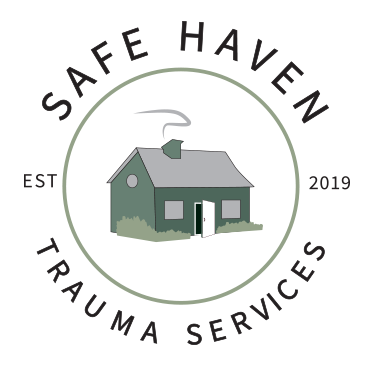Ego State Therapy
Ego State Therapy is a model that approaches distressing symptoms as a result of inner conflict between parts of self, or “ego states.” Ego states are neural networks that hold consistent patterns of information, behavior, attention, and emotion. Everyone has different ego states; a common example might be a person’s “work mode,” which is very different from their “playful parent mode” or their “romantic partner mode.” Ego states can be associated with different developmental stages as well; think “inner child” or “inner adolescent”.
Many times, confusing symptoms can be understood as conflicts between ego states. A person may have one ego state that turns to alcohol, self-harm, or disordered eating in order to cope with distress, and another that doesn’t want to engage in these very same behaviors. A person may have one part of them that wants to be very close to others, and another that is terrified of emotional closeness. These inner conflicts between parts of self can cause anxiety, depression, somatic symptoms, intrusive emotions, and more. When a person has experienced trauma, it is common for one or more parts to hold the emotions and memories of the trauma while other parts “go on with daily life” feeling disconnected from the trauma. This can result in feeling numb or unaffected at some times and overwhelmed with emotions or flashbacks at others.
If the trauma is severe or prolonged enough, the inner conflicts can be so strong that a person’s sense of identity is fragmented. Different parts of self may hold separate memories, perspectives, or identities, as in dissociative disorders. Ego state therapy works with all parts of a person to reduce inner conflict, increase self-compassion and collaboration between parts of self, and promote a sense of internal safety and cohesion. Ego state therapy is especially effective when used in conjunction with hypnosis.

